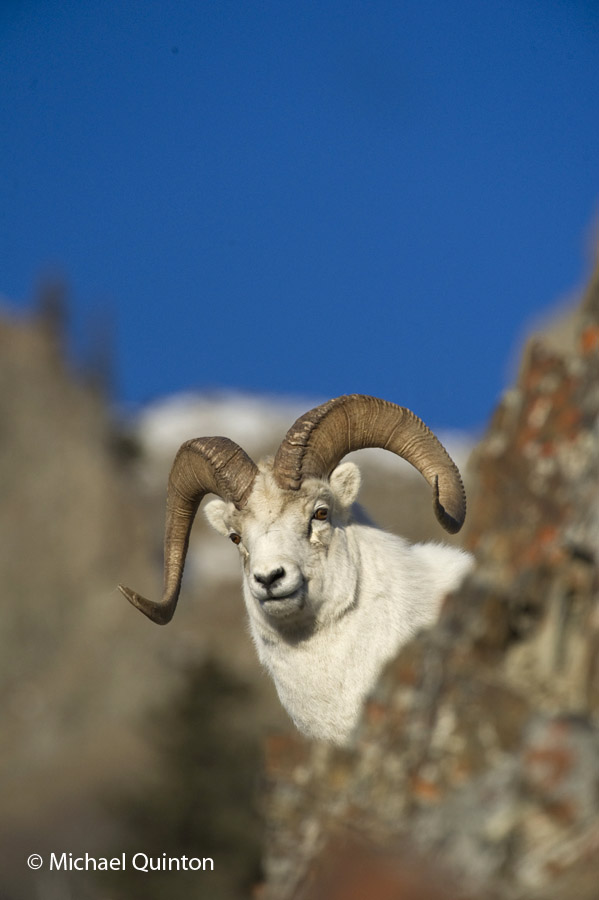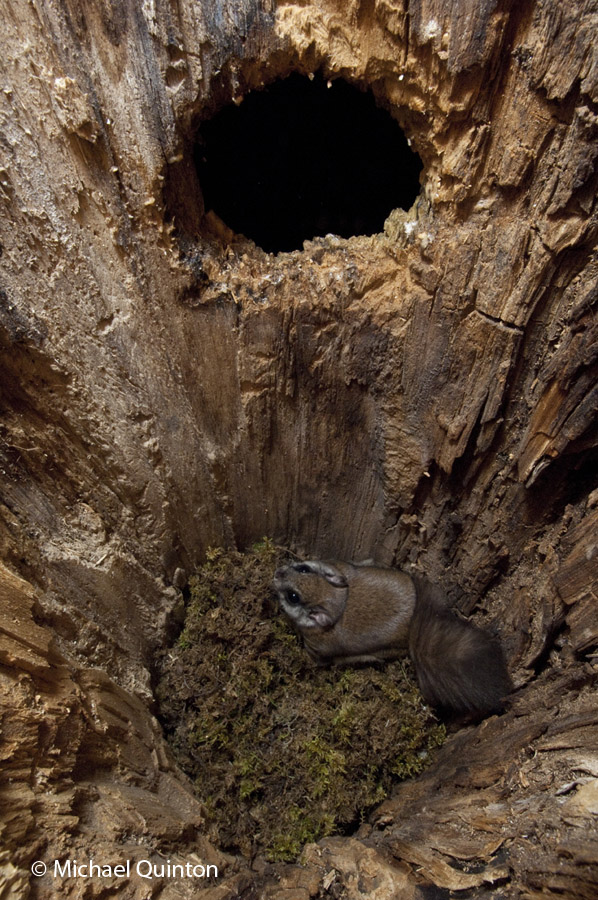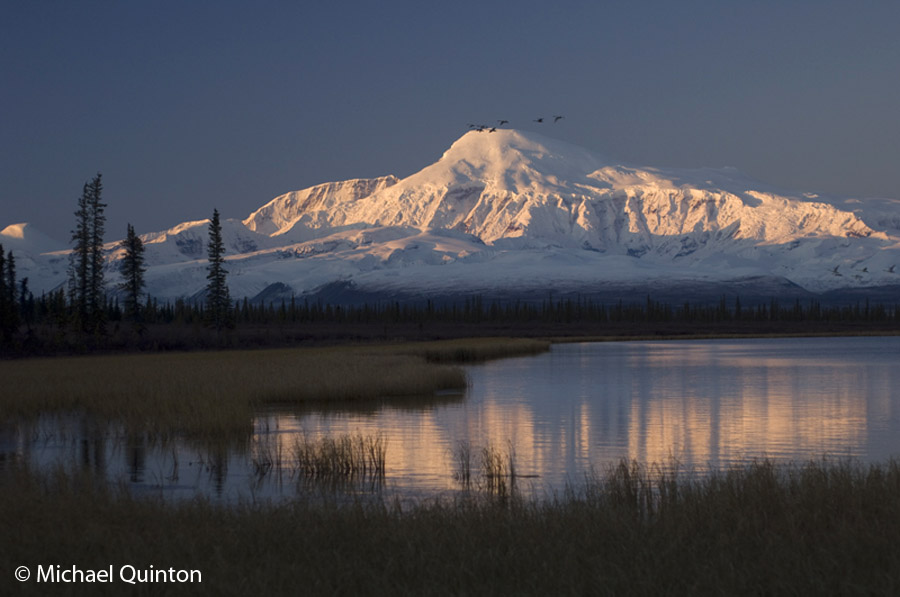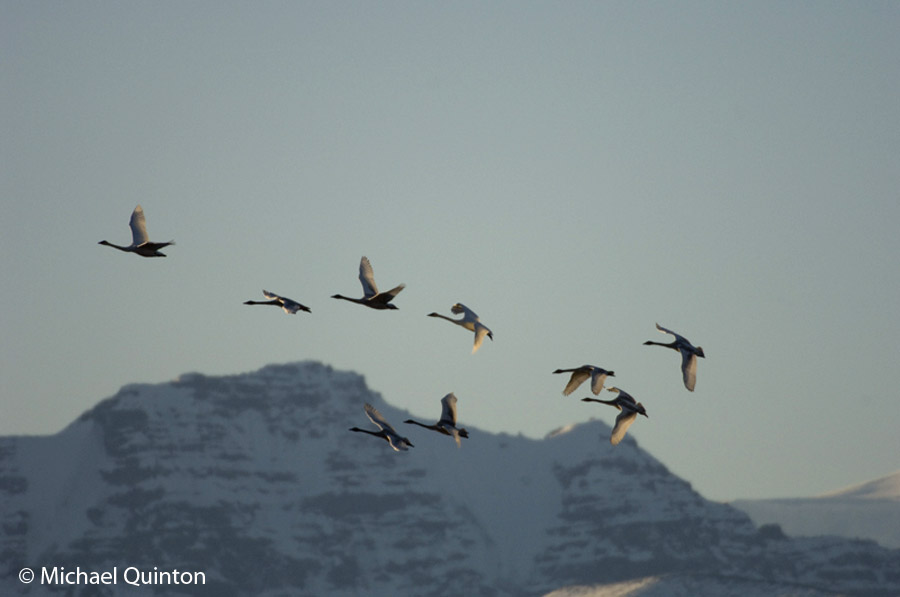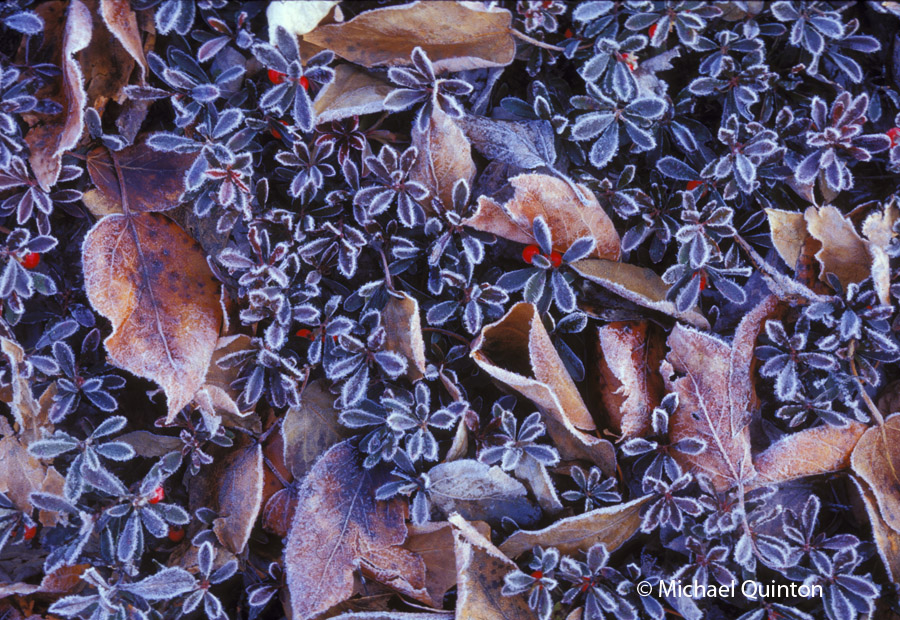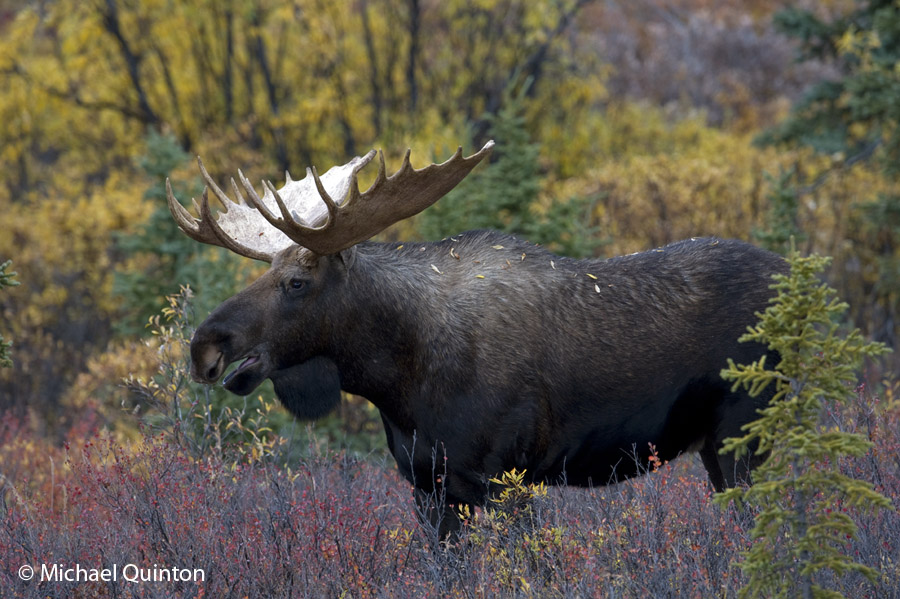Some authors claim the lynx is strictly a hunter-predator. I have observed several lynx that do not fit perfectly into that mold. I do think lynx prefer fresh game they have killed themselves, But what if game is scarce and lynx are very hungry? This is the situation in much of interior Alaska this winter. The snowshoe hare population is currently at the bottom of its ten-year cycle. There are always a few snowshoe hares in prime habitat which is thick, white or black spruce mixed with a variety of other trees such as aspen, birch or poplar as well as willows and alder. But in the stands of pure black spruce, which dominate much of the landscape near my home snowshoe hare tracks are nearly absent. What remains for the lynx are primarily red squirrels, spruce grouse, willow ptarmigan, and voles. Lynx have been known to kill and eat red fox but that is not common. Same goes for mink, marten and the short-tailed weasel. And I suppose the lucky lynx could catch a woodpecker or gray jay if they were distracted. Continue reading

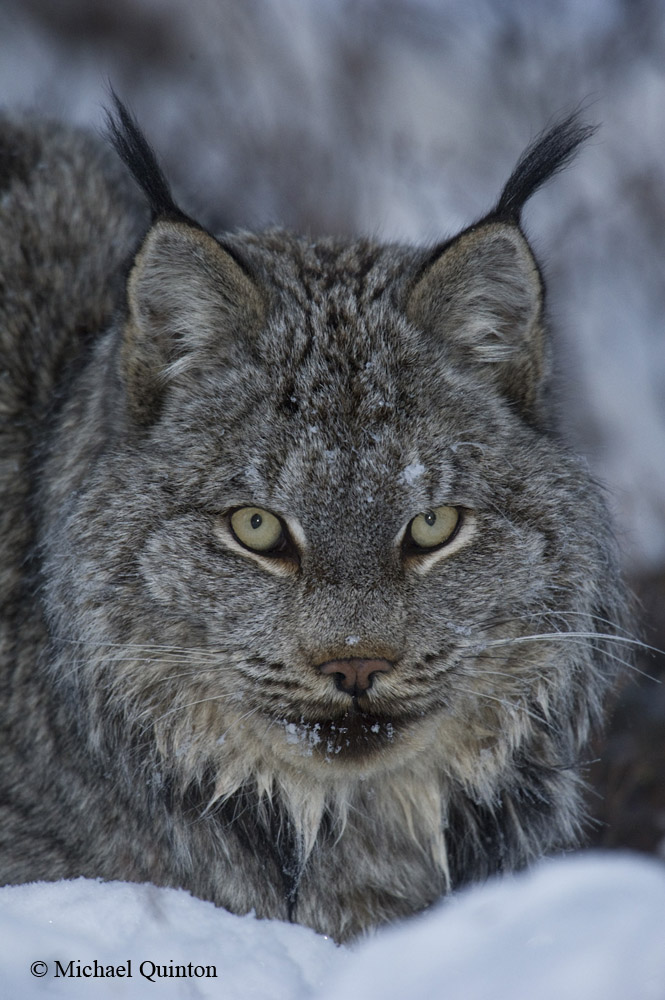

 Spectacular Wrangell Mountains in Alaska seem insignificant in this ineffective wide-angle photograph.
Spectacular Wrangell Mountains in Alaska seem insignificant in this ineffective wide-angle photograph.